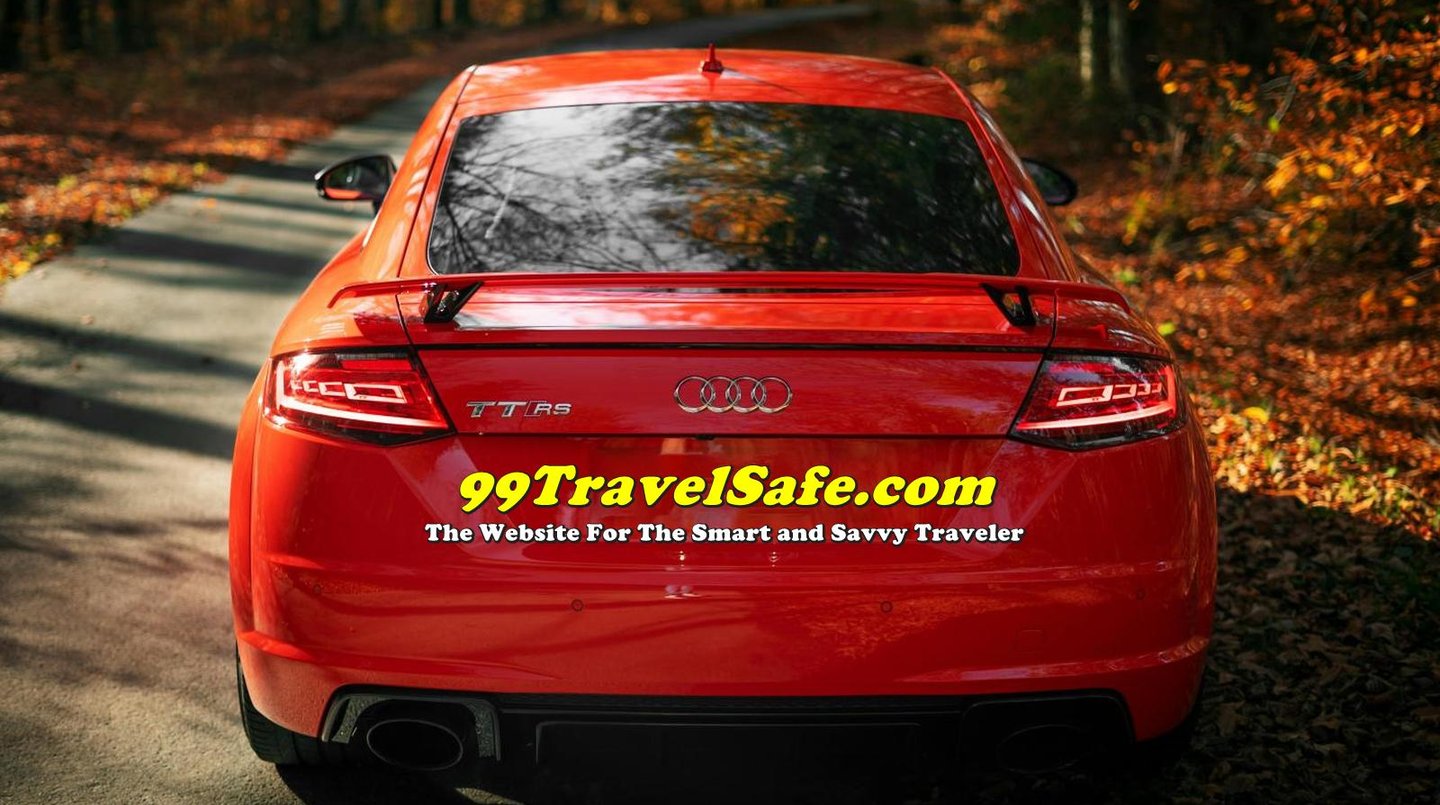

99TravelSafe.com
The Website For The Smart and Savvy Traveler
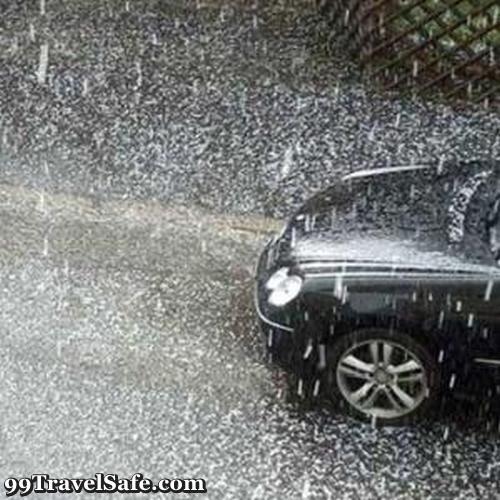

20 - Driving in Hail or Thunderstorms
Driving in Hail or Thunderstorms
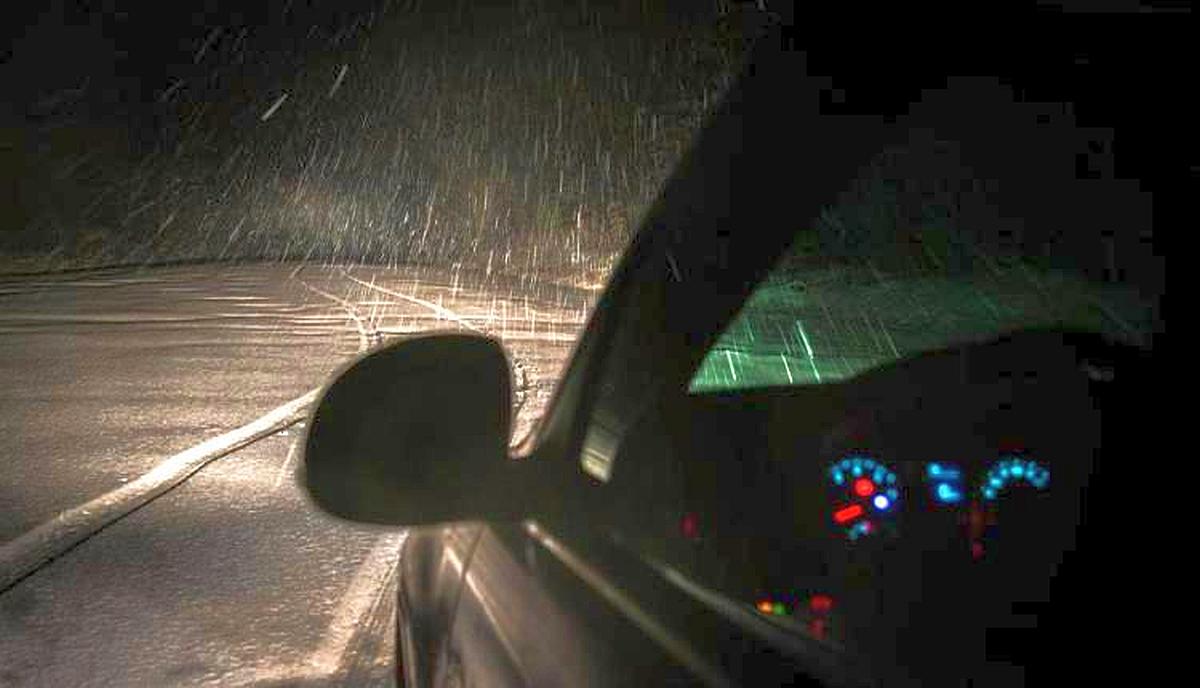

TUNE in to your radio to stay informed of approaching storms
If you see a tornado or hear a tornado warning, do not try to outrun it!
Turn on your headlights (low beams) and slow down
Allow extra distance for braking!
Do not drive unless necessary!
Pull safely onto the shoulder of the road away from any trees that could fall on the vehicle
If at all possible, pull into a sturdy garage, parking garage, or under a shelter to minimize hail damage
Stay in the car and turn on the emergency flashers until the heavy rains subside
Avoid downed power lines!
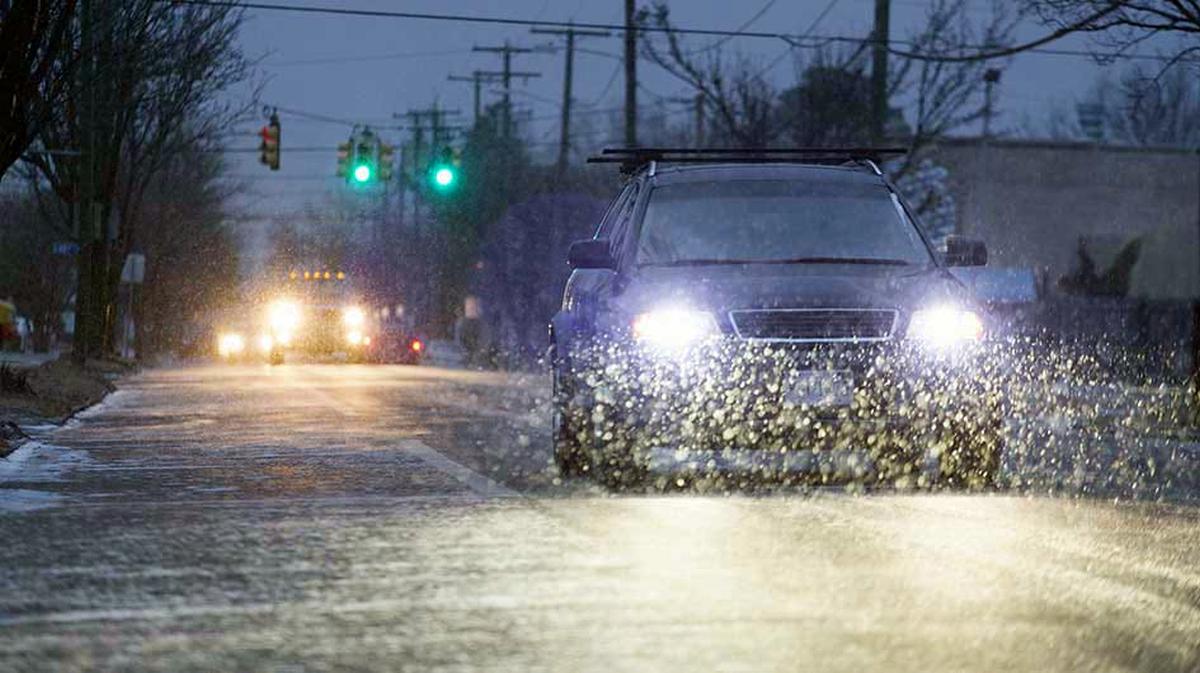

More on Driving in Hail or Thunderstorms
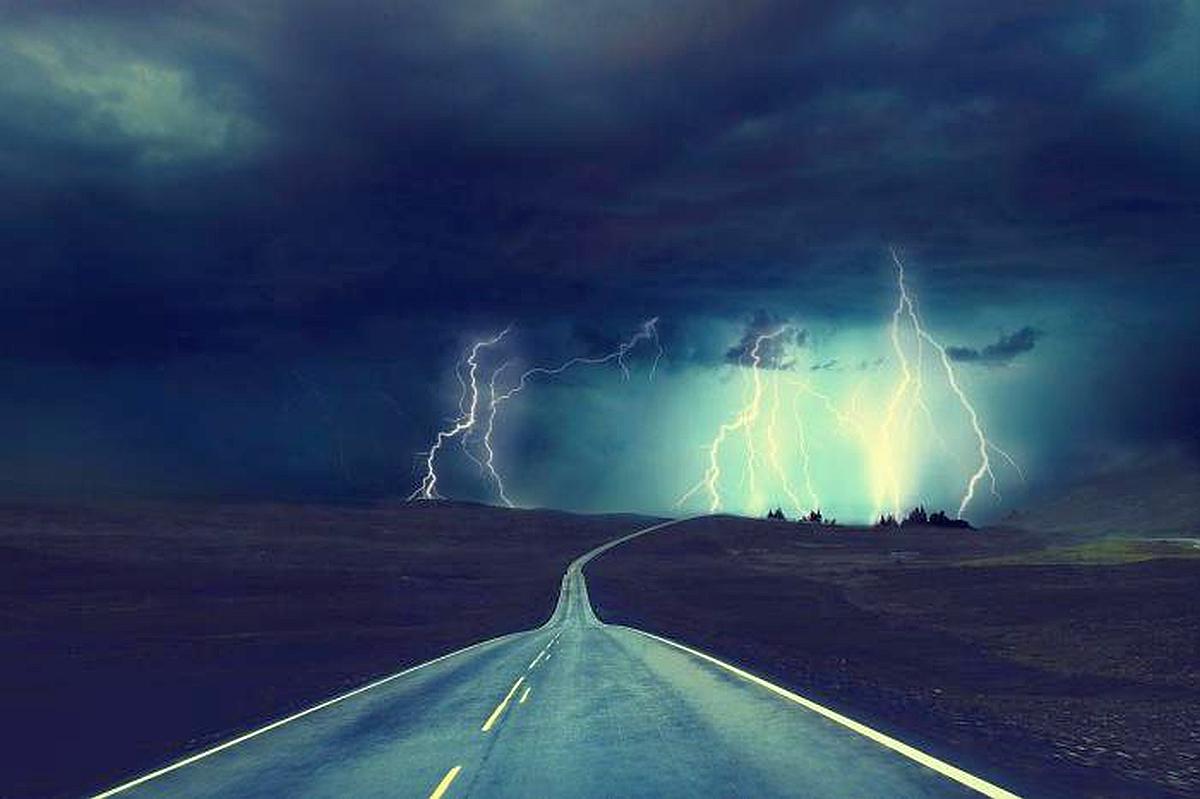

Approach intersections with extreme caution
Treat traffic lights at intersections as stop signs!
After the storm, thoroughly evaluate your vehicle for damage
If you find glass damage, carefully remove any glass from the interior of your vehicle, and cover the damaged area to prevent further water damage to your interior
Treat hailstorms in much the same way you would handle a thunderstorm
The driver should preferably stop his vehicle in the parking spaces of the rest areas, but NOT on the parking lanes or even on the carriageway!
It is prohibited to drive, park or stop on the shoulder of the motorway and expressway, except in emergencies and when stopping to provide the necessary assistance. It is also forbidden to turn, reverse, stop or park on the motorway and expressway as well as tunnels and overpasses
Heavy rain, showers and hail can cause debris on the roadway, which is usually not immediately removed from the roadway. Drivers, especially motorcyclists, should be even more careful in such situations
Observe all traffic signs including the red light in front of the tunnels, which forbids the driver from driving into it
While stopped, remain in your vehicle until the hail has passed over, to prevent possible injury!
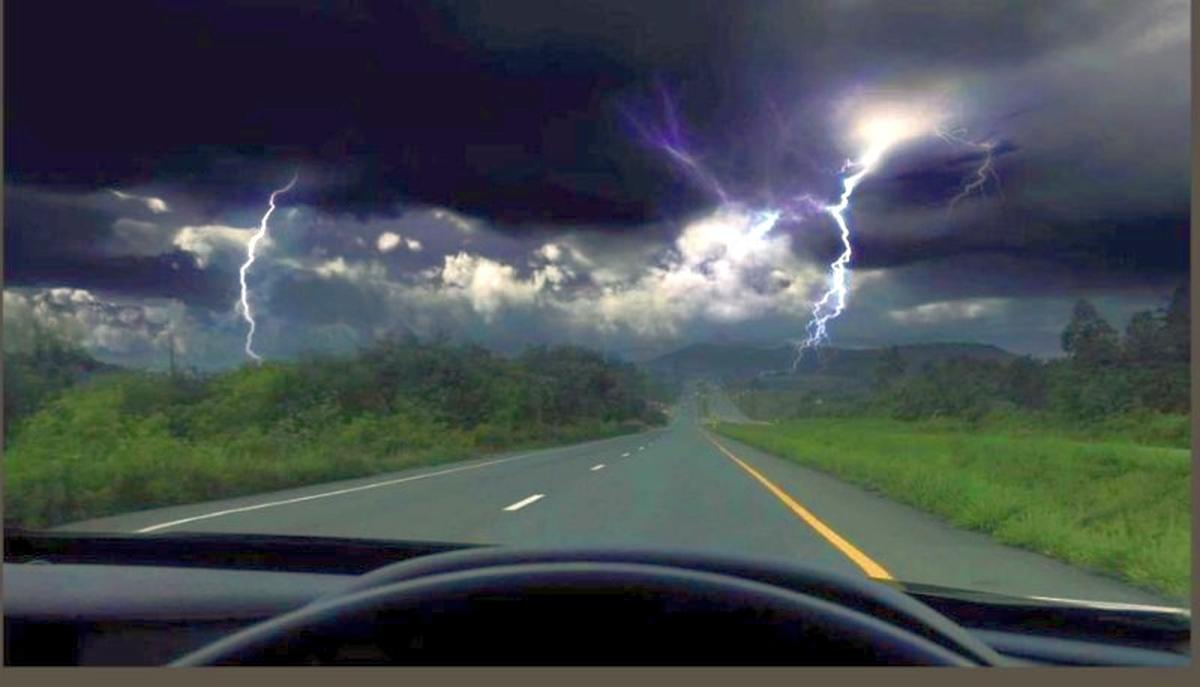

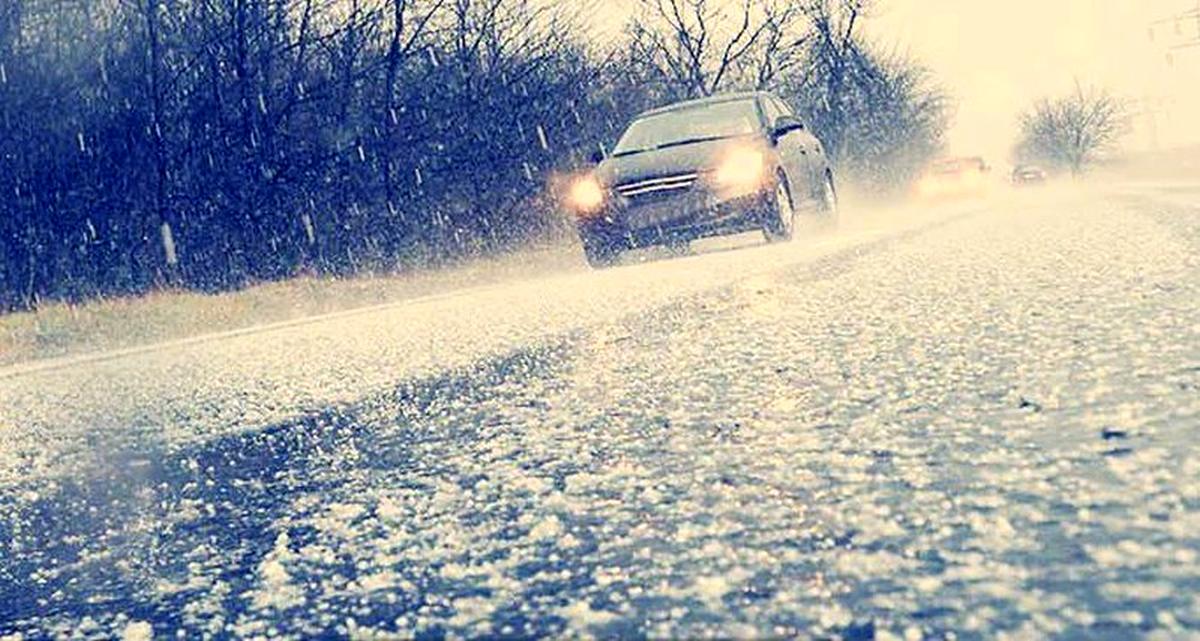

Driving in Hail or Thunderstorms - A Summary
When driving in hail or thunderstorms, prioritize safety by slowing down, finding a safe place to pull over, and staying inside your vehicle. If possible, seek shelter under a covered area like a parking garage. Your vehicle, particularly its metal frame, provides a safe space during a lightning storm
1 - Driving in Hail:
Slow Down and Increase Following Distance:
Hail can reduce visibility and make roads slippery, increasing the risk of skidding
Find a Safe Place to Pull Over:
If visibility is severely impaired, seek shelter under an overpass, in a parking garage, or at a gas station
Stay Inside Your Vehicle:
Your car's windshield provides some protection, and the metal frame can help dissipate lightning strikes if you're caught in a thunderstorm
Protect Yourself if Parked:
If you can't find shelter, position your car so the hail hits the windshield and consider lying on the floor or reclining your seat to shield your face from shattered glass
2 - Driving in
Thunderstorms
Slow Down and be Extra Cautious:
Thunderstorms can bring heavy rain, strong winds, and lightning, all of which can make driving hazardous
Avoid Trees, Power Lines, and Bodies of Water:
These can be potential hazards during a storm, so find a safe, open area to park
Stay Inside Your Vehicle:
Your car's metal frame acts as a Faraday cage, channeling the electrical current around the outside of the vehicle
Turn On Your Hazard Lights:
This will help other drivers see you in low visibility conditions
Don't Touch Metal Objects Inside the Car:
Avoid touching anything metal, such as the steering wheel, gear shift, or radio, as this could conduct electricity
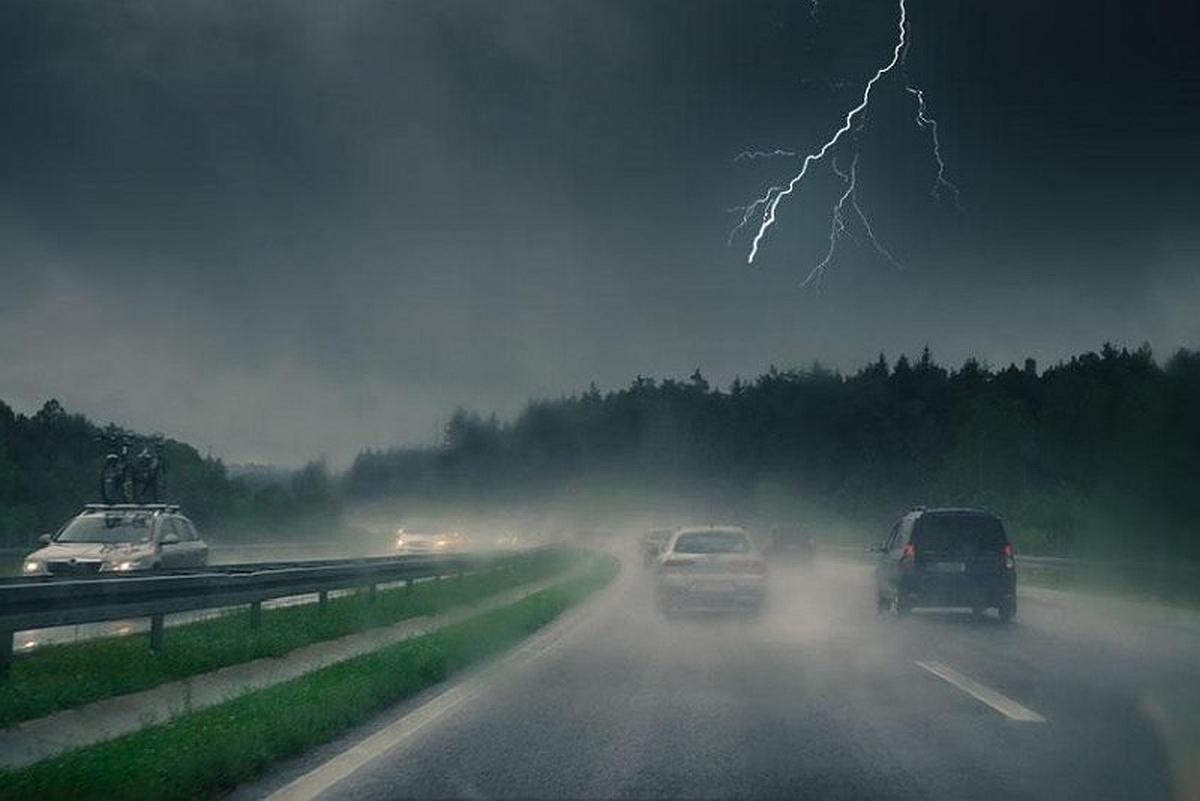

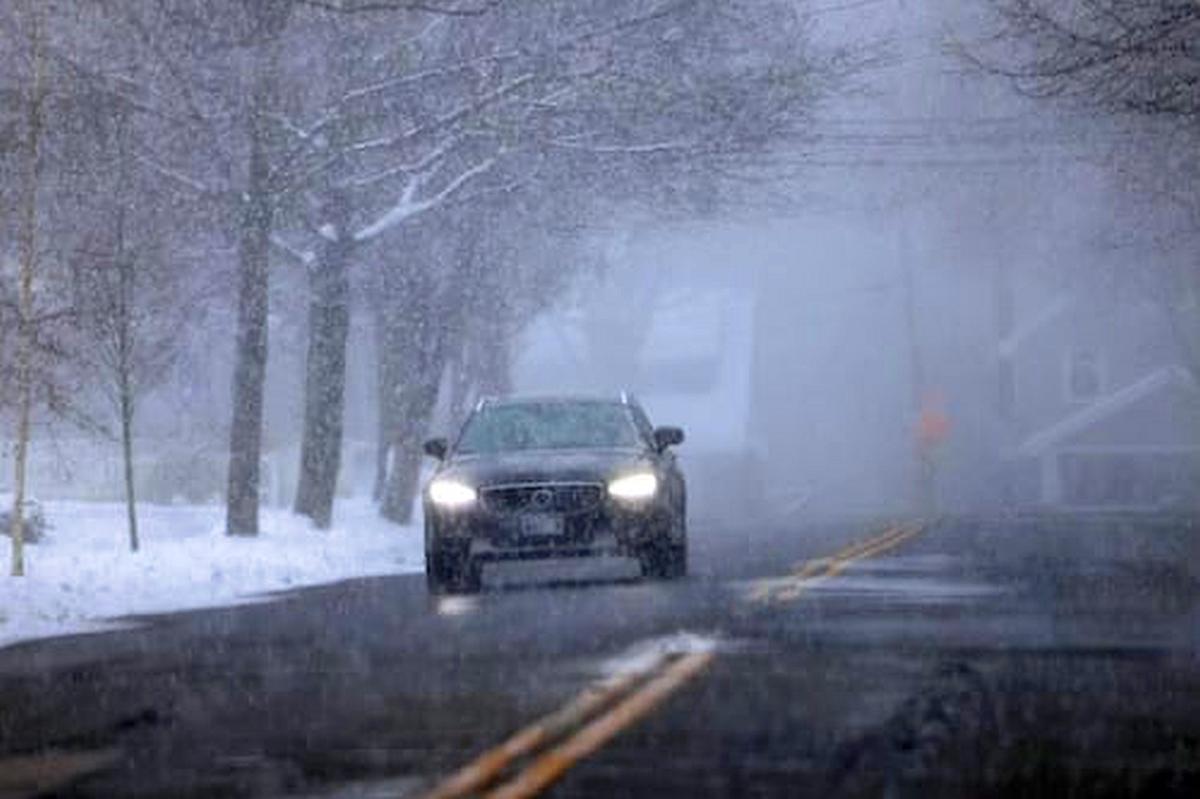

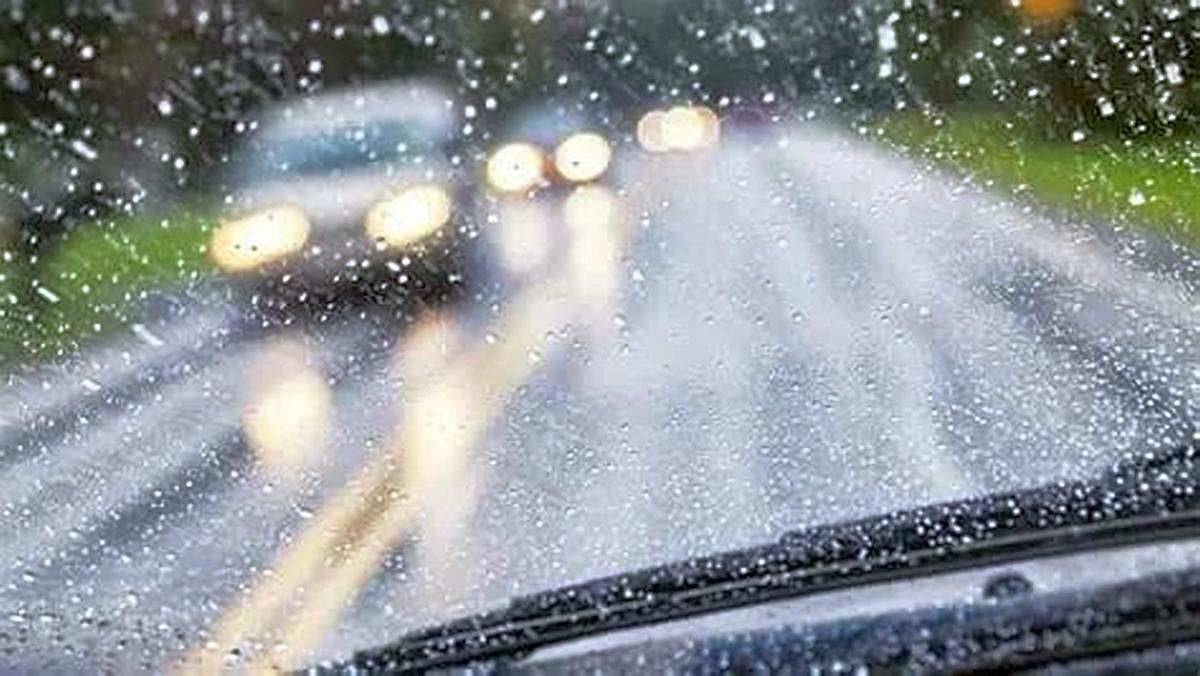

Some Videos on Driving in Hail or
Thunderstorms
